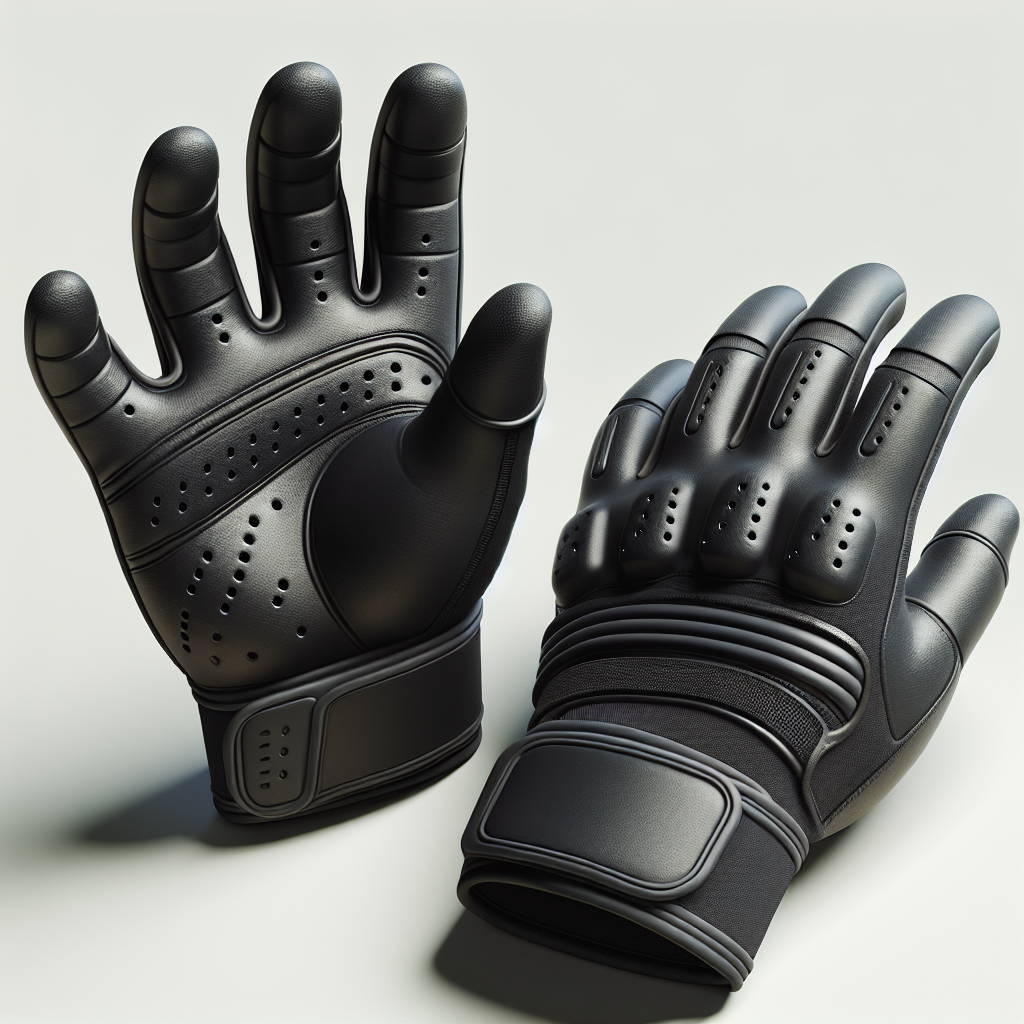
In the world of fitness and weightlifting, achieving optimal performance and results often lies in the nuances of technique, equipment, and body mechanics. One accessory that frequently raises questions among novice and experienced lifters alike is the use of exercise gloves. Are they merely a gimmick, or do they offer tangible benefits for grip strength and overall performance? Let’s delve into the science behind exercise gloves and their potential impact on grip strength and workout efficiency.
The Importance of Grip Strength
Grip strength is a fundamental component of physical fitness that influences various aspects of athletic performance. From lifting weights and performing bodyweight exercises to engaging in sports that require hand-eye coordination, a strong grip can drastically enhance overall strength and control. According to research published in the Journal of Strength and Conditioning Research, grip strength is not only a predictor of performance in strength sports but is also correlated with overall health, including longevity and functional ability in aging populations.
Mechanisms of Grip Strength
Grip strength is primarily attributed to muscle engagement in the forearms and hands, particularly the flexor muscles. These muscles must contract effectively to generate the force needed to hold and manipulate objects. However, they can become fatigued, which limits your ability to sustain a rigorous workout routine. This is where exercise gloves come into play.
The Role of Exercise Gloves
Exercise gloves can enhance grip strength and performance in several ways:
1. Enhanced Grip
Most exercise gloves are designed with textured palms made from materials like leather or synthetic rubber that increase friction between the hand and the equipment being used. This additional grip can help athletes maintain control over weights and machines, reducing the likelihood of slipping or dropping heavy objects. Research indicates that improved grip can lead to better performance and higher weight loads lifted, as it enables lifters to focus on their exercise form rather than the security of their hold.
2. Reduced Hand Fatigue
Weightlifting and high-intensity training can be tough on the hands, leading to fatigue and even minor injuries such as calluses and blisters. Gloves provide a protective barrier that cushions the palms and distributes pressure, ultimately allowing for longer workout sessions without the distraction of discomfort. A study published in Applied Ergonomics found that athletes wearing gloves reported less hand fatigue and were able to maintain higher intensity levels during their workouts.
3. Injury Prevention
For serious weightlifters, injuries can derail progress and lead to extended breaks from training. Exercise gloves can help mitigate the risk of injuries like tendinitis and strains caused by excessive grip effort. By providing additional support and cushioning, gloves can stabilize the wrist and forearm during lifts, allowing for a safer training environment.
4. Psychological Confidence
Beyond the physical advantages, there is also a psychological aspect to wearing exercise gloves. Many athletes find that using gloves enhances their confidence, allowing them to undertake heavier lifts or more challenging exercises without fear of losing their grip. This boost in psychological comfort can translate into improved performance, as the lifter can fully commit to the workout rather than second-guessing their grip strength.
Choosing the Right Gloves
When selecting the right exercise gloves, consider several factors:
- Fit: Gloves should fit snugly without being too tight. A good fit allows for dexterity and control.
- Material: Look for durable materials that provide both grip and comfort.
- Padding: Depending on your training style, consider the level of padding you require. Some lifters prefer minimal padding for a better feel, while others may need more for support.
- Wrist Support: For those lifting heavy, gloves with wrist support can further enhance stability during lifts.
Conclusion
While some purists may argue that exercise gloves hinder the development of natural grip strength, the science and practical experience suggest otherwise. They can be a valuable tool in enhancing grip performance, reducing fatigue, and preventing injuries. Whether you’re a dedicated athlete or a casual gym-goer, integrating exercise gloves into your fitness routine could provide the edge you need to clutch those gains and elevate your performance to new heights. As with any piece of equipment, understanding how and when to use gloves effectively can mean the difference between stagnation and progress in your fitness journey. So go ahead and explore the world of exercise gloves—your hands, and your gains, may thank you!




